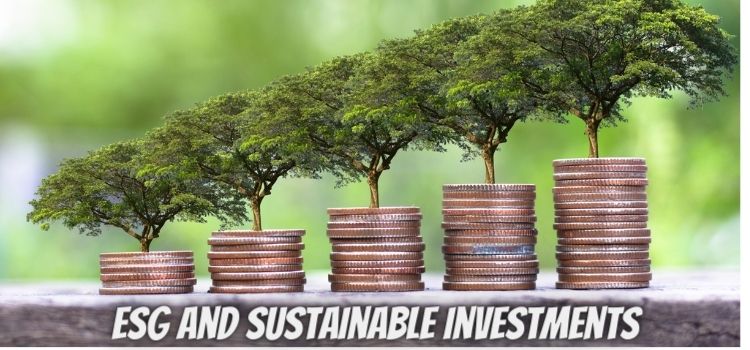In today’s world, it seems like everyone is talking about environmental, social, and governance (ESG) investing. ESG investing has also been called sustainable, responsible, impact, or mission-oriented investing. What exactly does all of this jargon mean? And how is ESG different from sustainable investment?
We know the benefits of ESG investing are numerous and extend far beyond simply making a financial statement look good. After all, the ultimate goal of any investor is to create more value in their portfolio than what they put in. That being said, many investors still have questions about how these two investing strategies differ and which one might be better suited for them.
Both ESG and sustainable investments focus on companies with positive social and environmental impact as a primary criterion for choosing which stocks to buy. However, there are some critical differences between these two approaches that you should know before deciding on your strategy.
Let’s take a deeper look at ESG v.s. sustainability and how they stack up against each other:
What Is ESG Investing?
ESG stands for environmental, social, and governance, the three main pillars guiding responsible investment strategies. It is an ethical investing strategy that focuses on the impact a company’s activities have on society and the environment.
ESG investors select stocks based on companies committed to positive social and environmental change. This means they are seeking out companies that have proven track records of treating their employees well, are producing safe products, and are taking steps to reduce their harmful impact on the environment.
ESG investors typically take a long-term approach to investing, seeking companies with profitable business models that create positive change in the world. ESG investors often focus on socially responsible investing (SRI) indexes, referred to as sustainable or accountable indexes.
What Is Responsible (Sustainable) Investment?
As we’ve already discussed, sustainable investments are related to ESG investing. However, sustainable investments go a bit further than ESG’s support by incorporating environmental, social, and financial factors. This means that sustainable investment takes ESG investing one step further by considering the economic impact of a company’s actions.
While ESG investors want to see a company that is environmentally and socially conscious, sustainable investors want to see a company that is financially sustainable as well.
Sustainable investment is an investment approach that uses all types of capital — natural, human, social, financial, and financial — as the basis for investment decisions.
It’s important to note that sustainable investing is not the same as socially responsible investing. While socially responsible investing is primarily focused on a company’s social and ethical side, sustainable investing also takes into account the financial side.
How Are ESG and Sustainable Investments Different?
There are numerous differences between ESG and sustainable investment, but the most important is that, while ESG investors select stocks based on companies’ track records, sustainable investors take a more future-focused approach and use company financial forecasts to predict how they will impact society.
Another critical difference between ESG and sustainable investing is that sustainable investors use a variety of different metrics to evaluate companies, whereas ESG investors focus primarily on a company’s ESG metrics. Sustainable investors might also consider other metrics, such as financials and management forecasts, but ESG investors rely almost entirely on ESG metrics.
The Bottom Line: ESG vs. Sustainability?
The world is changing fast. As new research and discoveries continue to emerge, we are becoming increasingly aware of the impact our actions have on the environment and other human beings.
ESG and sustainable investing have become key focus points for investors now demanding greater accountability from companies.
With that said, the better option lies in your investment approach. Consider the differences and similarities highlighted above to make a well-informed decision on your investment approach.
